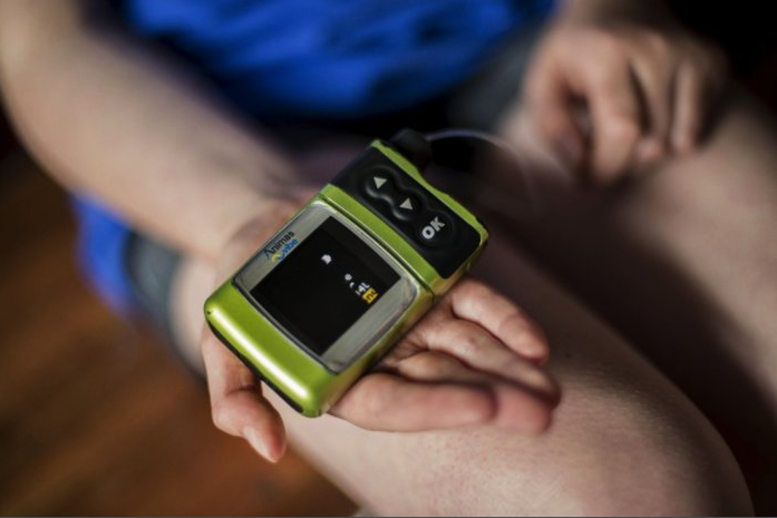Even though diabetes is treatable, delivering numerous injections every day can take it out of a patient. For this reason, an pump can serve as a very effective administer instead of injections. If you want to figure out whether an pump is an ideal delivery method for you, continue reading and then consult with your physician.
What is an Pump?
An pump is a small electronic instrument that can be programmed to deliver doses according to your personal needs. A pump provides you with the necessary dosage of through the bloodstream, which renders the need to carry your supplies on your person at all times unnecessary.
Even though this efficient pump saves you from the need to always have your diabetes supplies with you through the injection of preset doses, it does not do all the work for you on its own. Patients who use pumps must still pay close attention to their blood sugar levels and have a healthy diet that prevents spikes in blood sugar.
How an Pump Operates
Although an pump is no replacement for a well-functioning pancreas, it does work to emit into your bloodstream to meet your body’s requirements. Your medical team can help you through the selection of the device and setup of the needed delivery plan for your specific case.
Basal administration regularly delivers a fixed dosage, which works as a way to keep your glucose at a healthy level daily. A bolus administration provides a dose of at mealtimes, which serves as a way to offset your carbohydrate intake. You can either program this form of delivery or inject your dose when needed by pushing the button on the pump. This type of administration provides your body with the required dose of to break down the carbohydrates you consume.
You can also inject a supplementary dosage should you need it during the day. Your primary physician can guide you in planning how and when to administer an additional dose.
How to Maintain Your Pump
Apart from installing your pump to address your specific requirements, you must also maintain your pump as well as the injection site. The pump’s reserve must be replaced with new to continue programmed delivery. Moreover, you must wipe clean and restore the injection site every two days to avoid injections.
Price of an Pump
Assuming a comprehensive insurance policy does not cover you, pumps are usually priced at the range of $4500 to $6500. After what your insurance pays for, you may end up paying an amount between $5 to $3250. Apart from the cost of the pump itself, some other expenses that you should also expect to pay out of pocket for are the supply, replacement needles, and infusion sets.
Featured Image: Twitter
Posted on May 22, 2023


